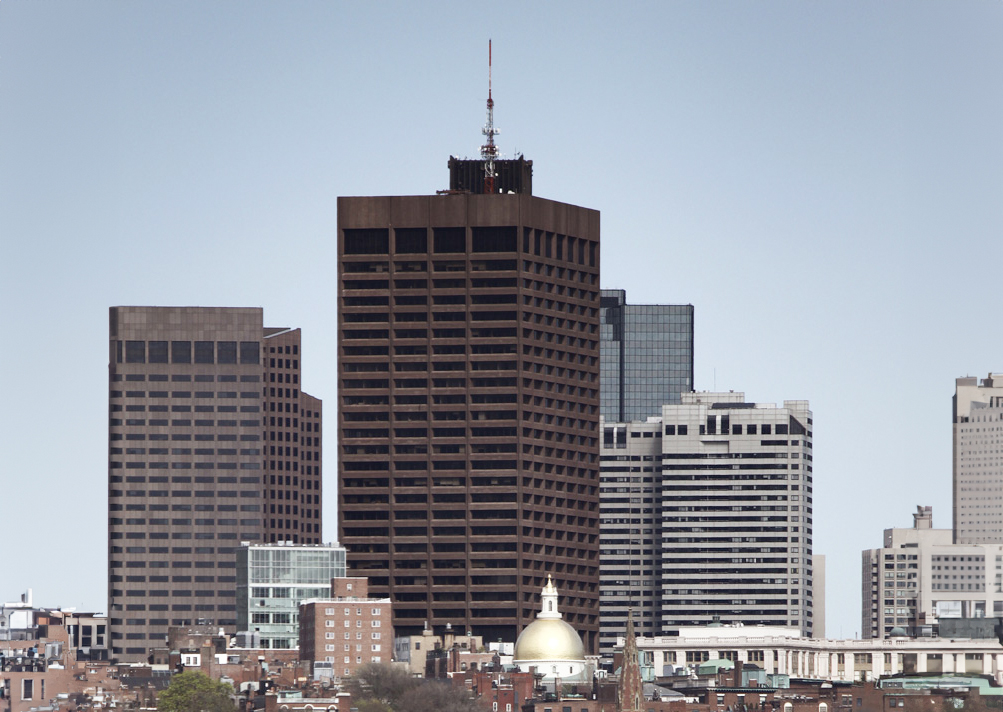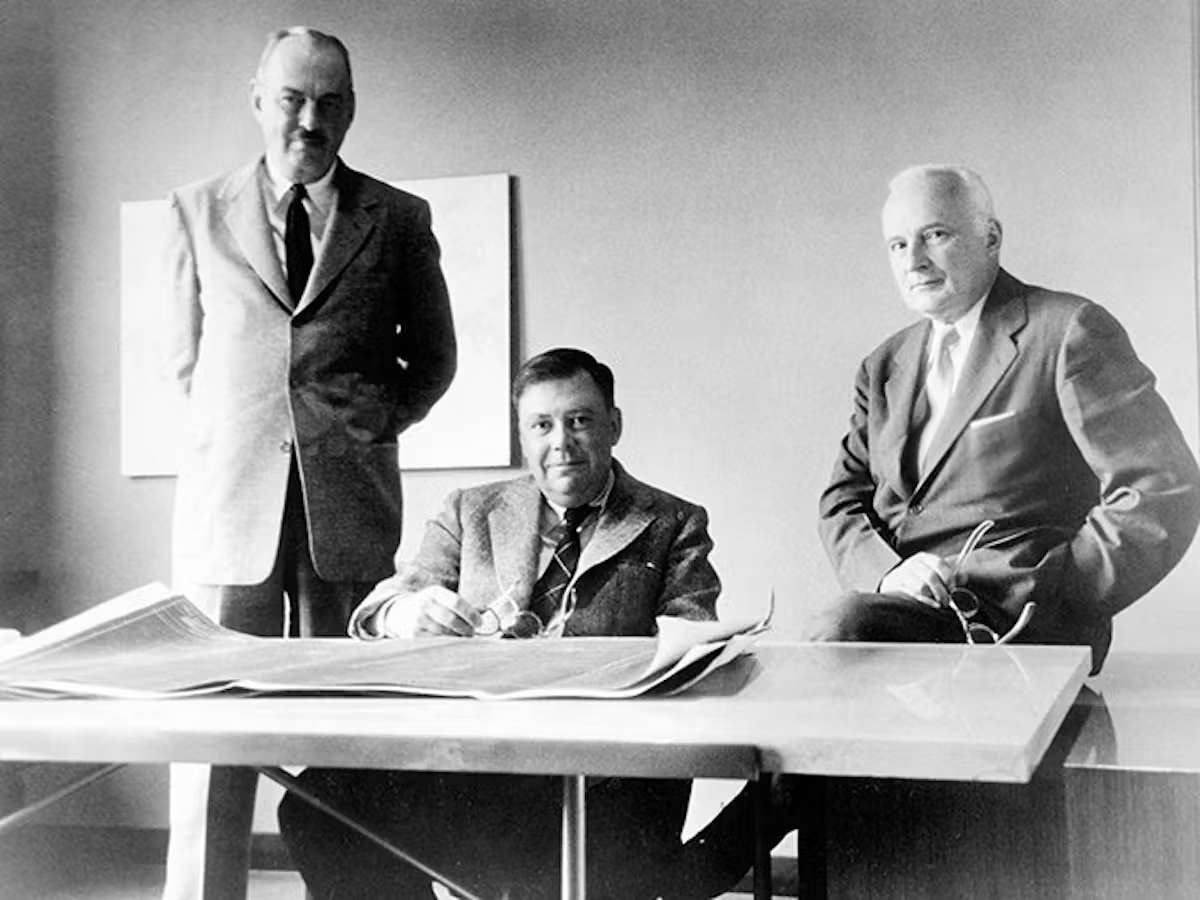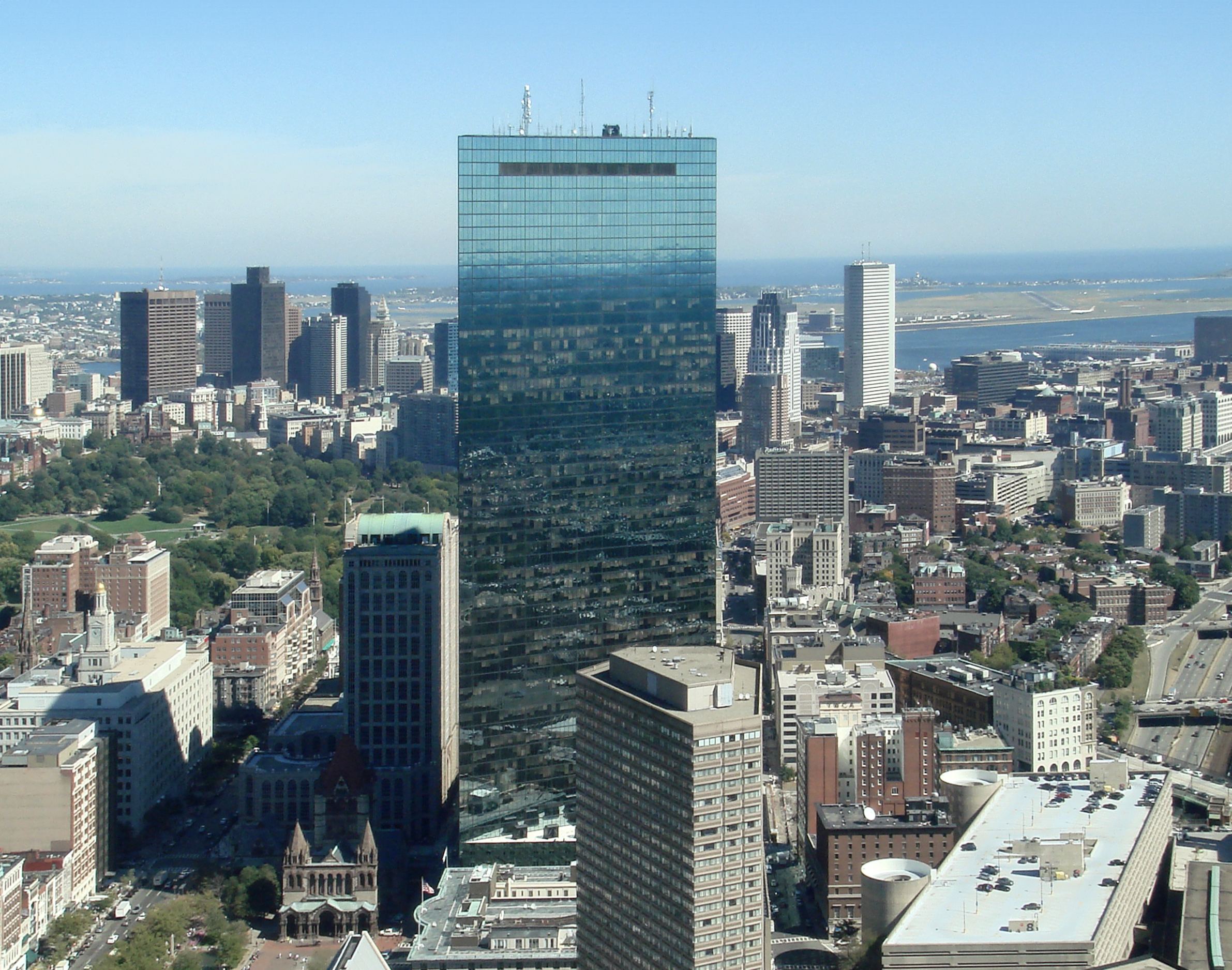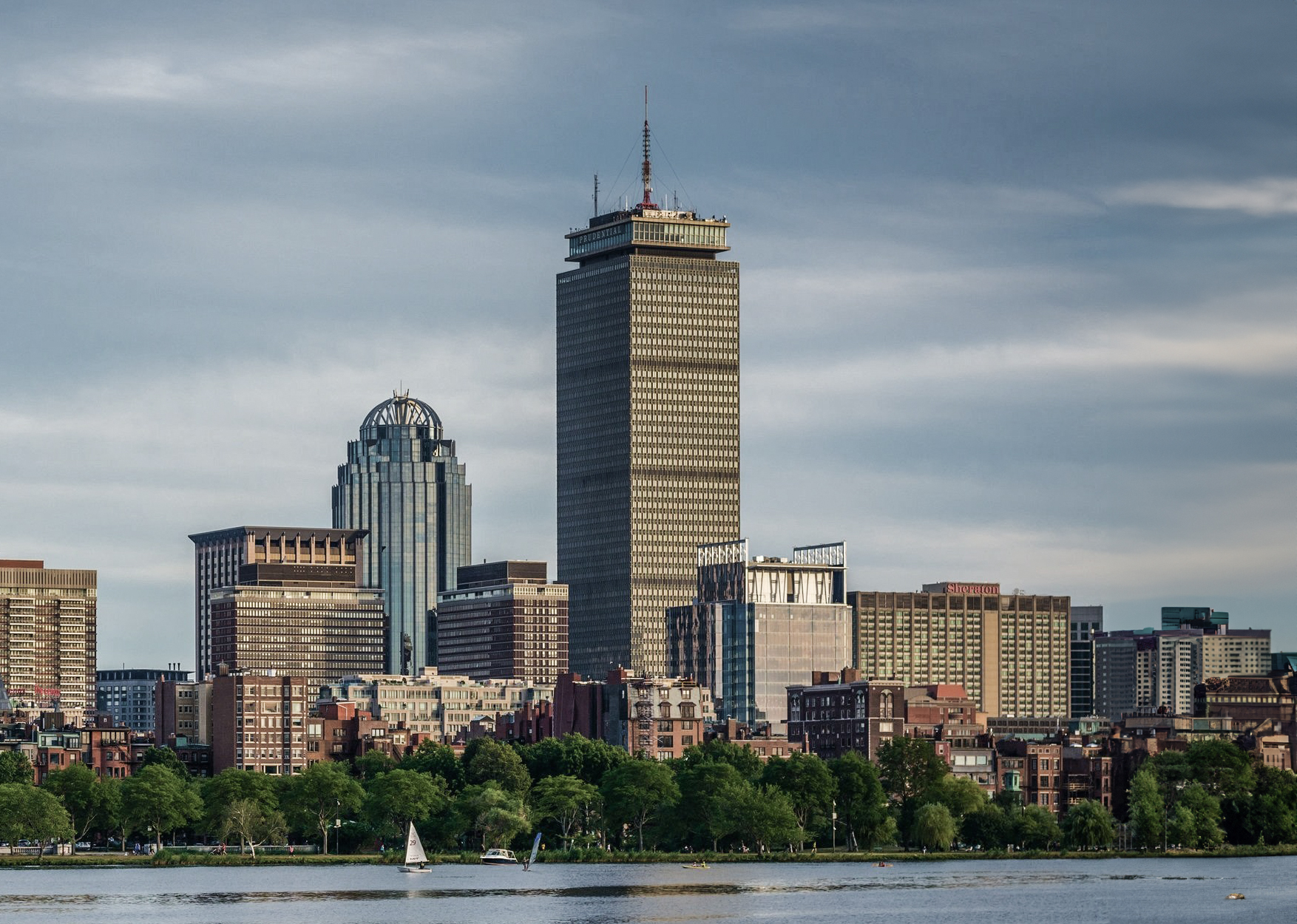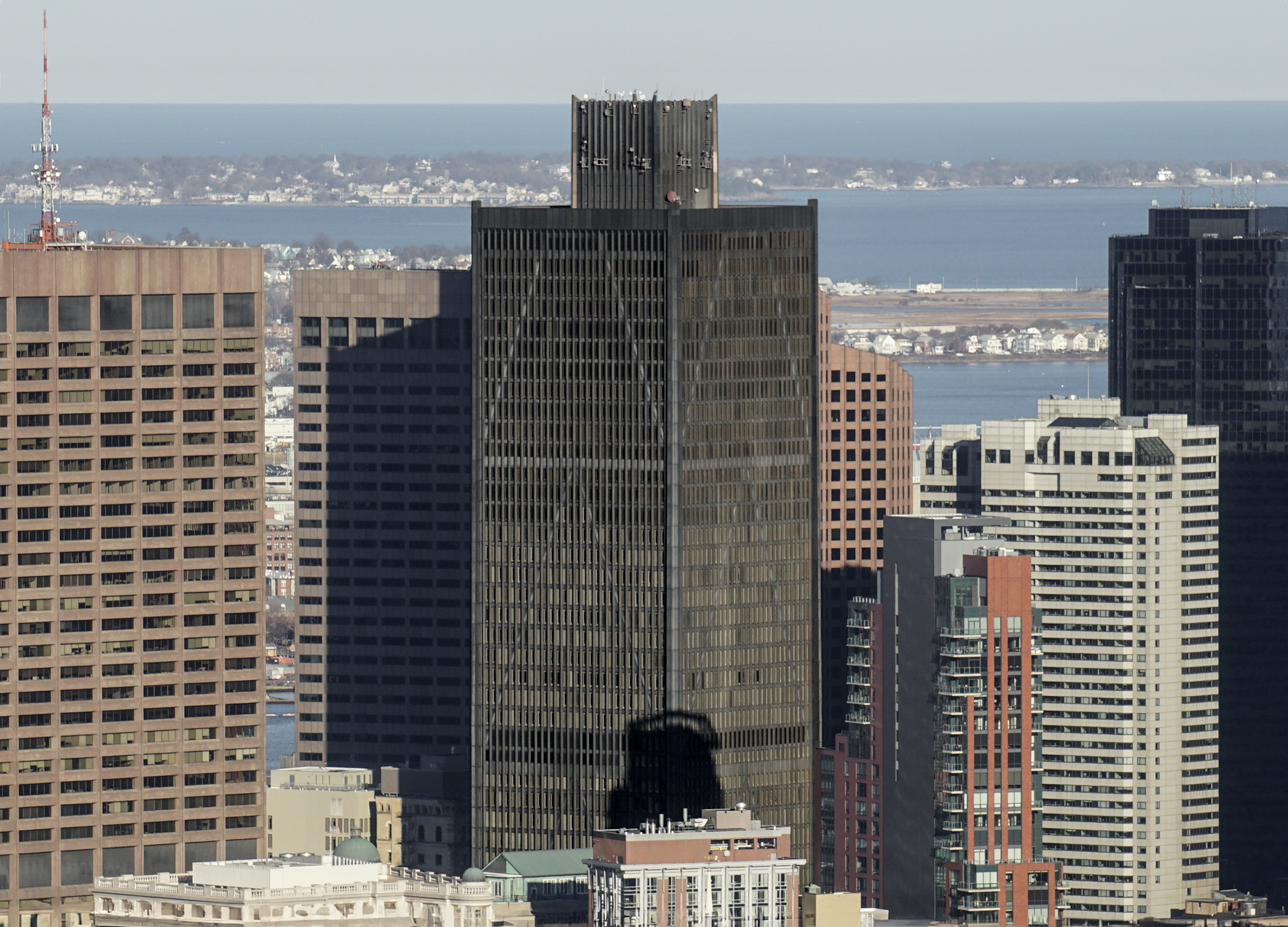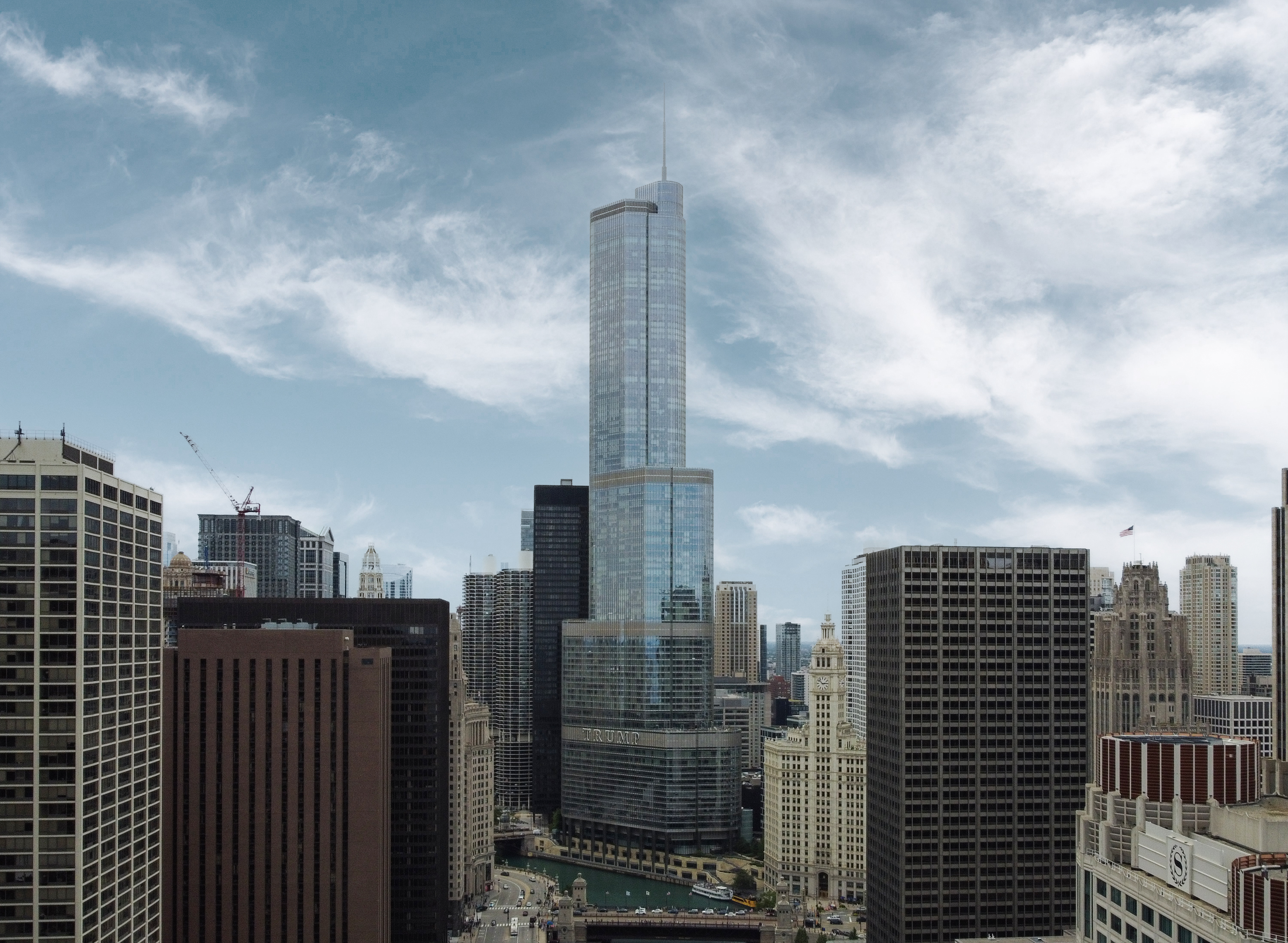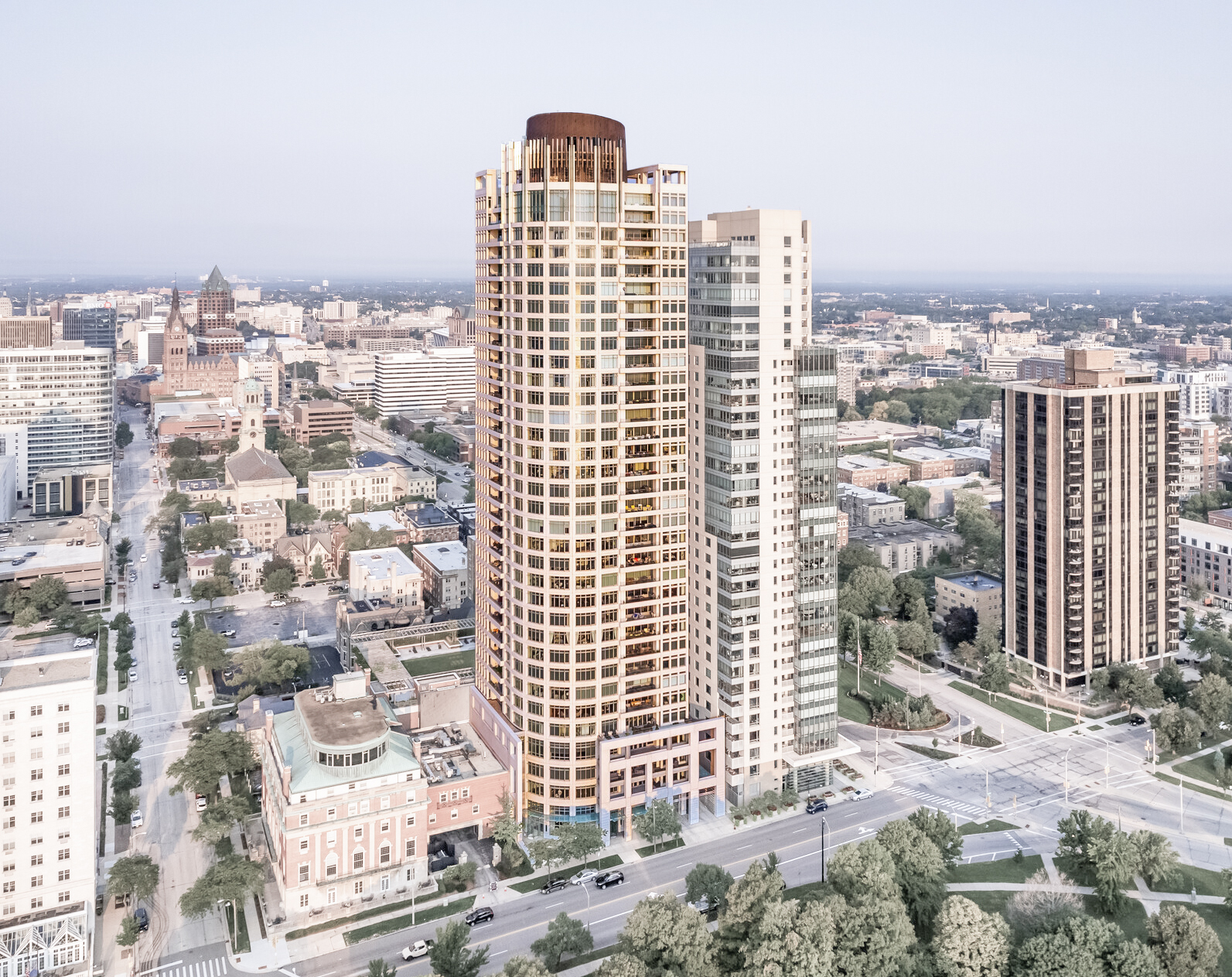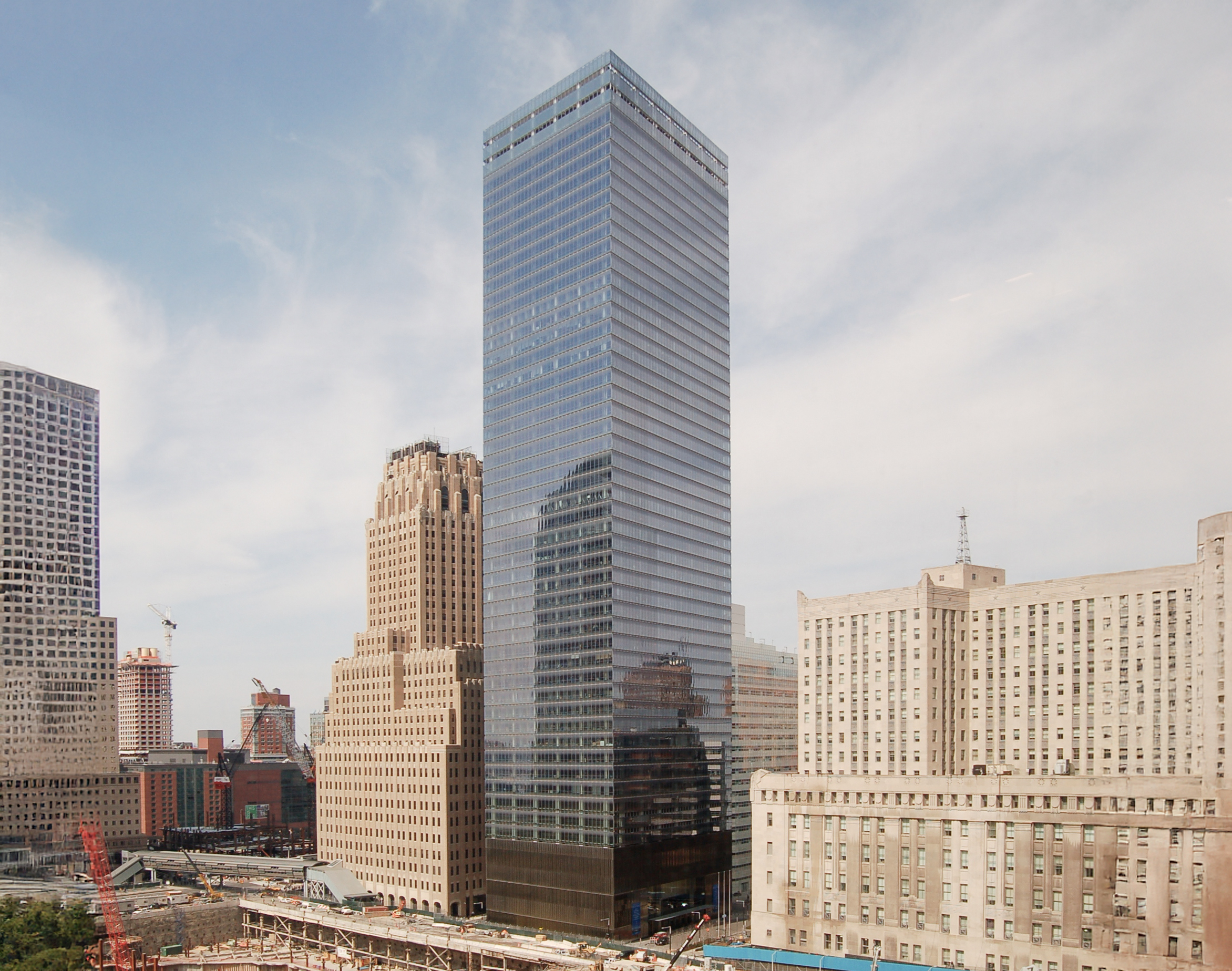The One Beacon Street Building is an International Style skyscraper designed by Skidmore, Owings & Merrill, and built between 1971 and 1972 in Boston, MA.
One Beacon Street Building is not the only name you might know this building by though. The building is, or has also been known as Employers-Commercial Union Companies.
Its precise street address is 1 Beacon Street, Boston, MA. You can also find it on the map here.
The building has been restored 2 times over the years to ensure its conservation and adaptation to the pass of time. The main restoration works happened in 1991 and 2018.
